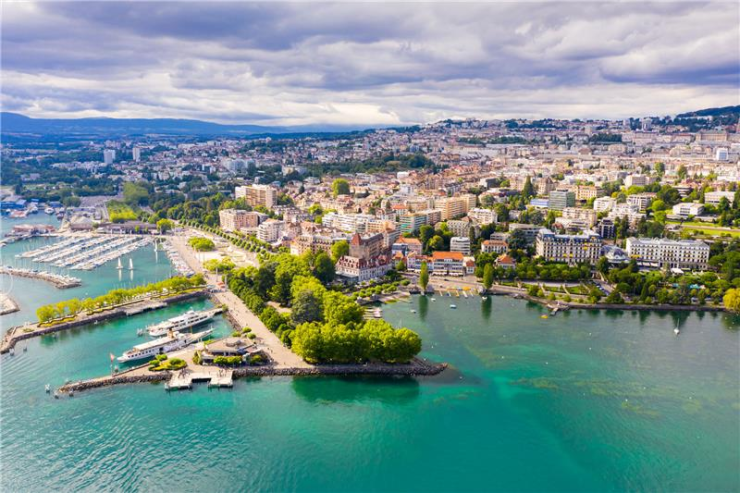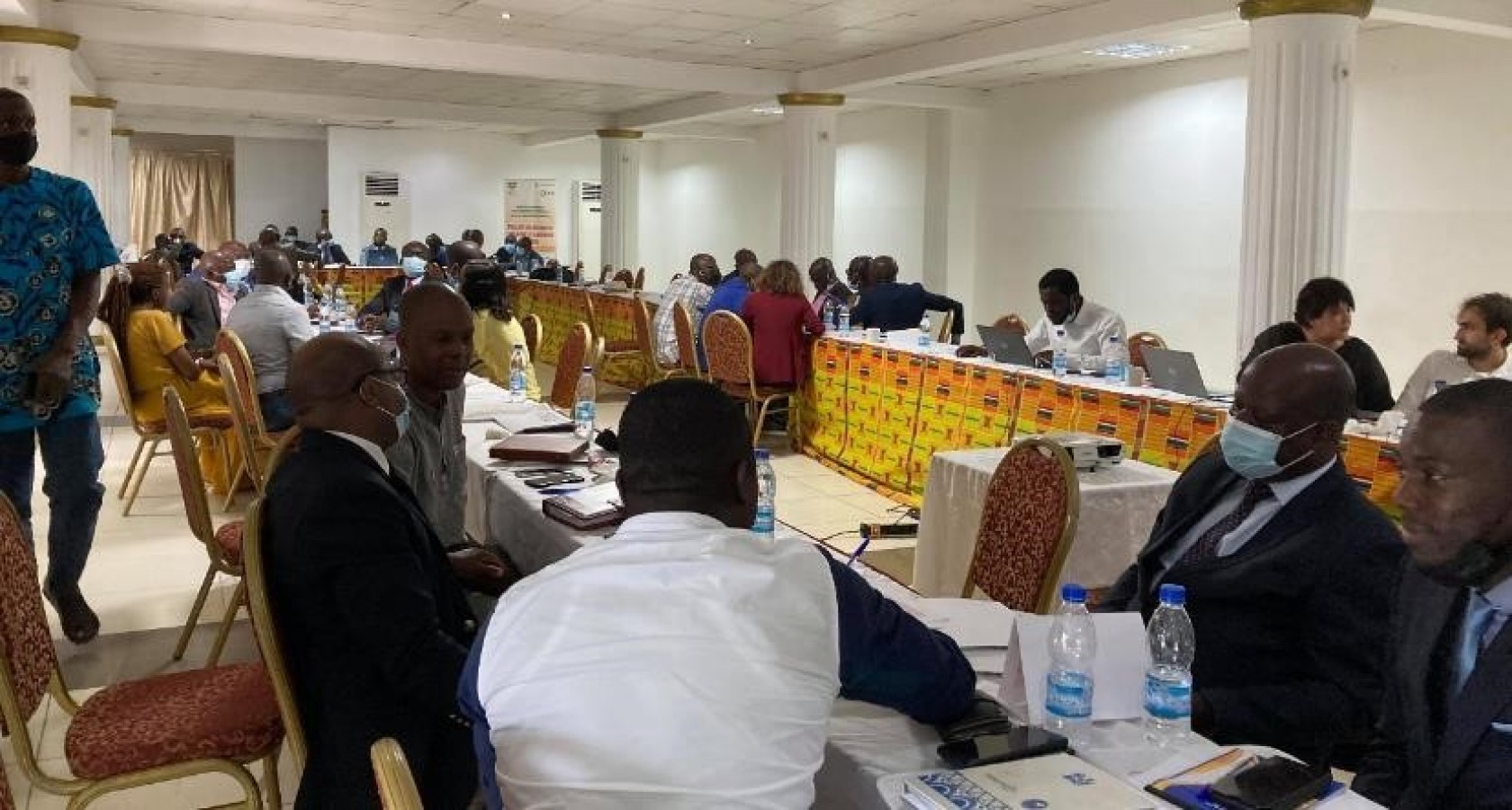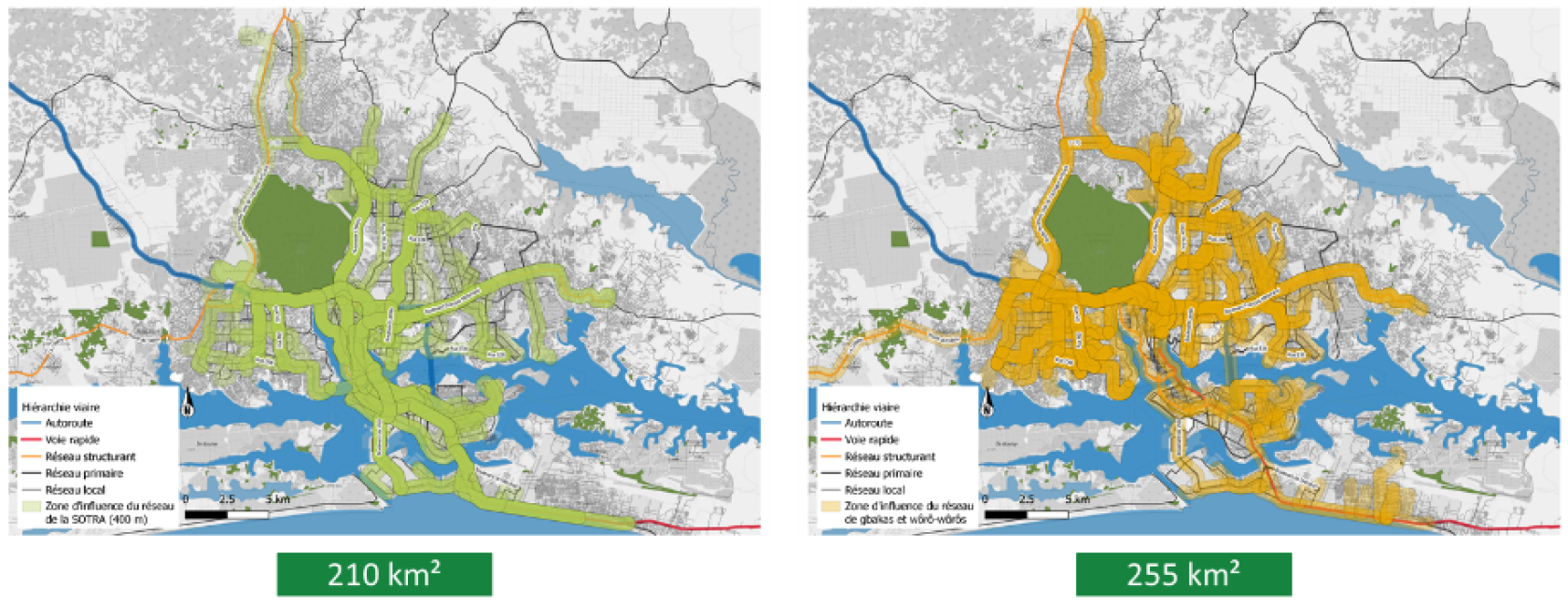03 November 2021
Abidjan public transport network in full transformation
In Abidjan, public transport is undergoing a vast transformation. In addition to the arrival of a future BRT line and a metro, the entire transport supply must be redefined. Transitec, in partnership with SETEC, was selected for this vast restructuring.
Contact

Your contact
Lausanne
Avenue Auguste-Tissot 4
1006 Lausanne
Switzerland
+41 21 652 55 55

